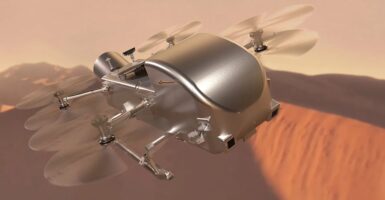NASA Dragonfly Mission Sends Drone Far Into Solar System For Incredible Mission
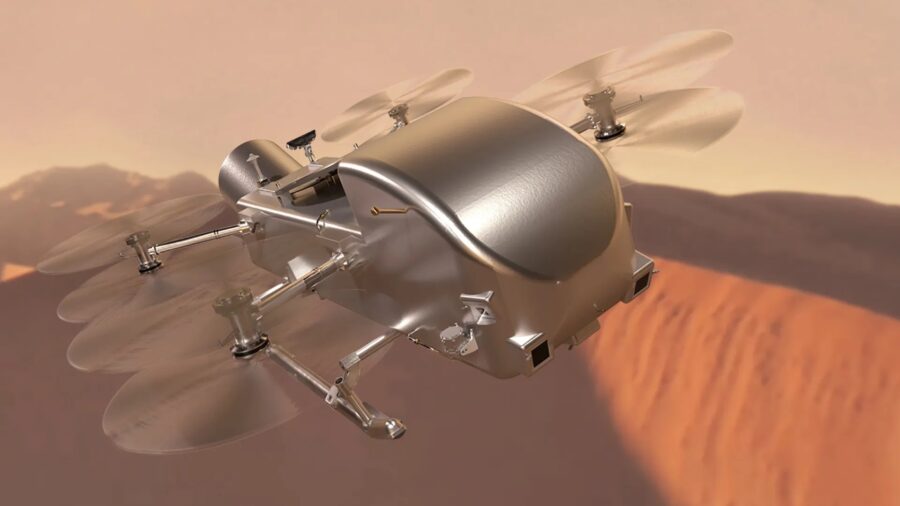
NASA is sending a drone-like craft to explore Saturn’s largest Moon as part of its Dragonfly mission. Known as Titan, the Moon is the only celestial body in the solar system (besides Earth) that contains liquid on its surface. It experiences changing weather, has an atmosphere, and shares many features with Earth, such as lakes, oceans, shorelines, valleys, mountain ridges, dunes, and mesas.
The Mission
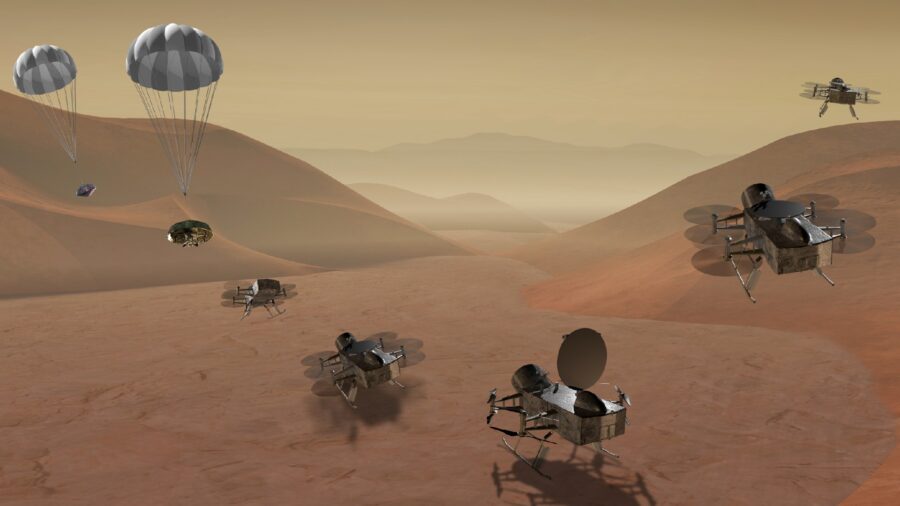
The NASA Dragonfly mission will last two years, beginning in 2034, when the lander touches down on Titan. During its time on the Saturn Moon, a rotorcraft will move to a new place each Titan day, which is equivalent to 16 days on Earth. It will collect samples of the Moon’s prebiotic chemistry, investigate the active methane cycle, and explore the chemistry on land and in the air.
The rotorcraft will also search for old and new chemical biosignatures from water-based life that might use liquid hydrocarbons. Associate administrator of the Science Mission Directorate at NASA Headquarters in Washington, Nicky Fox, expressed excitment about the mission, saying, “Dragonfly is a spectacular science mission with broad community interest, and we are excited to take the next steps.”
Launch Date Of 2028
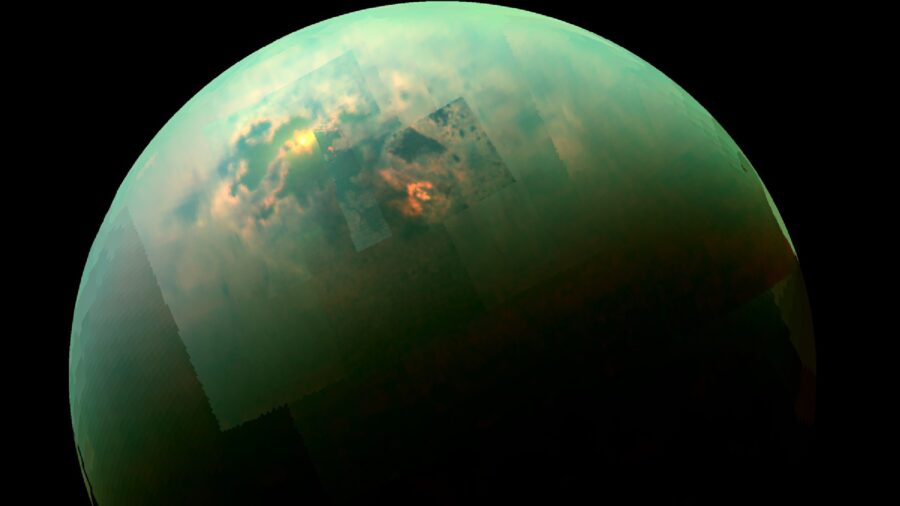
“Exploring Titan will push the boundaries of what we can do with rotorcraft outside of Earth,” Fox added about the NASA Dragonfly mission, which will cost approximately $3.35 billion and is set to launch in July 2028. The news comes as a Mars Helicopter called Ingenuity made its 72nd and final flight in January 2024, after it was only expected to carry out five flights in 30 days.
A Unique Atmosphere
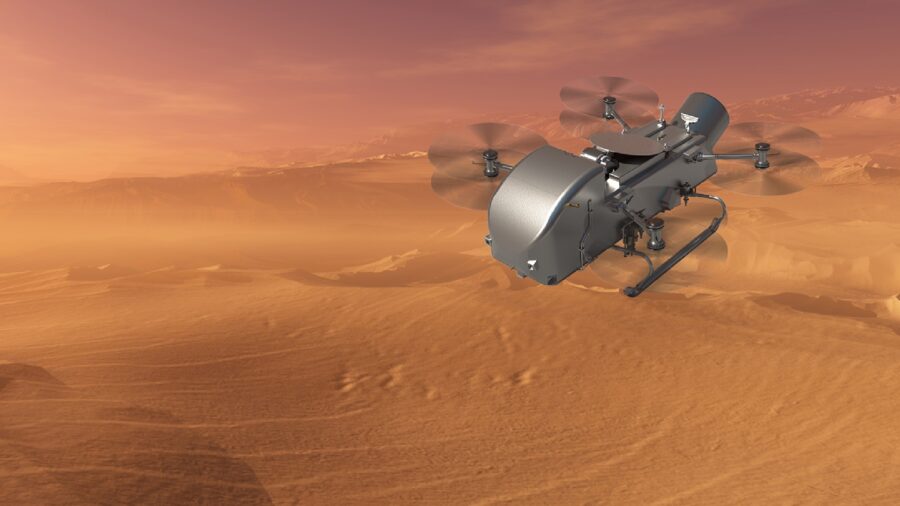
But Titan has a different environment compared to Mars. Titan, described as a utopia and deranged due to its weird chemistry, has a dense atmosphere. This composition will make buoyancy for NASA’s Dragonfly relatively simple. While the gravity on Titan is 14 percent of the Earth’s, the Moon only experiences one percent of the sunlight received by our planet.
Moreover, Titan’s atmosphere consists mainly of nitrogen (98 percent) and methane (two percent). Its bodies of liquid are not composed of water but rather liquid ethane and methane. While methane typically exists as a gas in Titan’s atmosphere, on its surface, it manifests as a liquid through phenomena such as rain, snow, lakes, and ice.
Huygens
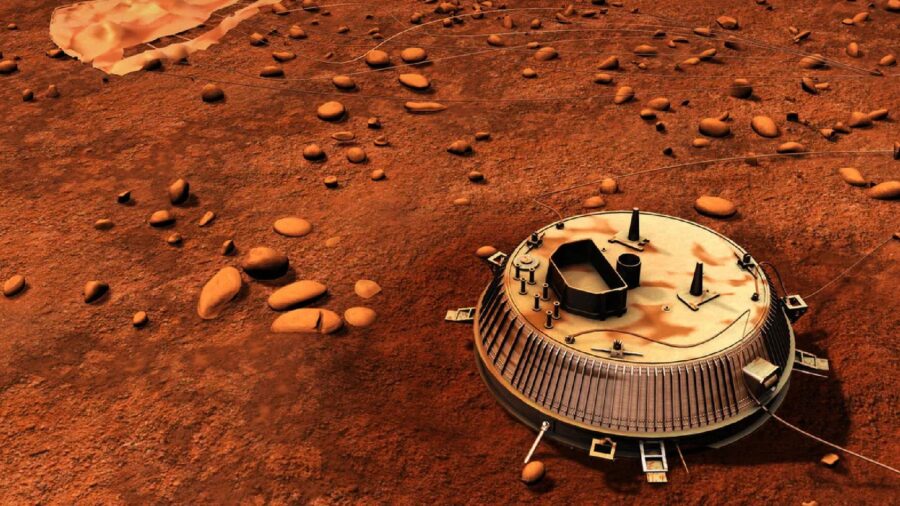
NASA’s upcoming Dragonfly mission won’t be the first time humanity has explored Titan. During NASA’s Cassini mission to Saturn from 2004 to 2017, a small probe named Huygens was dispatched into Titan’s clouds. The resulting time-lapse footage of its 2.5-hour descent provided humanity with its first glimpses of Titan’s surface.
Huygens touched down in an area characterized by rounded blocks of ice, while during its descent, it observed ancient dry shorelines reminiscent of Earth and methane rivers. Notably, a lengthy total solar eclipse is scheduled for July 22, 2028, offering a captivating celestial spectacle for viewers in Australia and New Zealand.
A Later Launch Than Planned
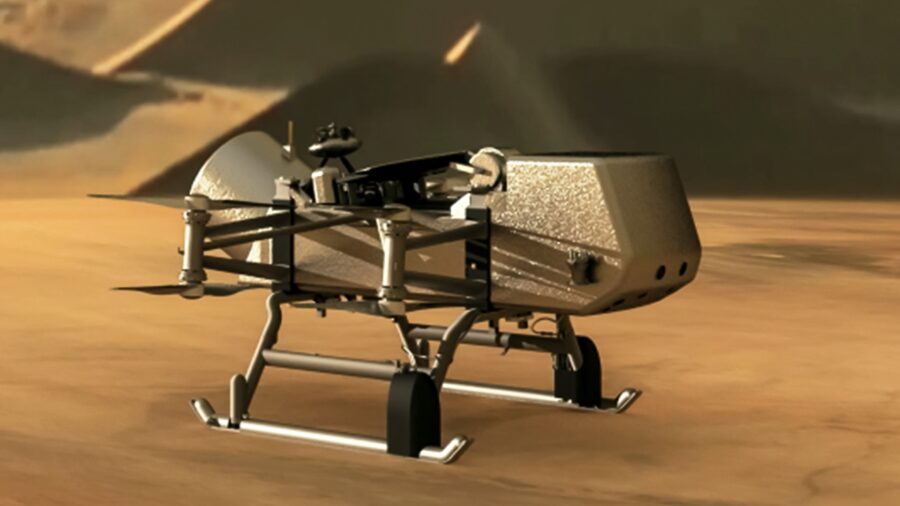
Interestingly, NASA’s Dragonfly was initially supposed to launch in 2026 and arrive in 2034. However, due to the Covid-19 pandemic, the mission was put on hold. To mitigate the delay in the launch, NASA opted to finance a heavy-lift launch vehicle, which will reduce the duration of the mission’s cruise phase. As a result, Dragonfly will still arrive in 2034 as initially planned.
Source: Forbes









